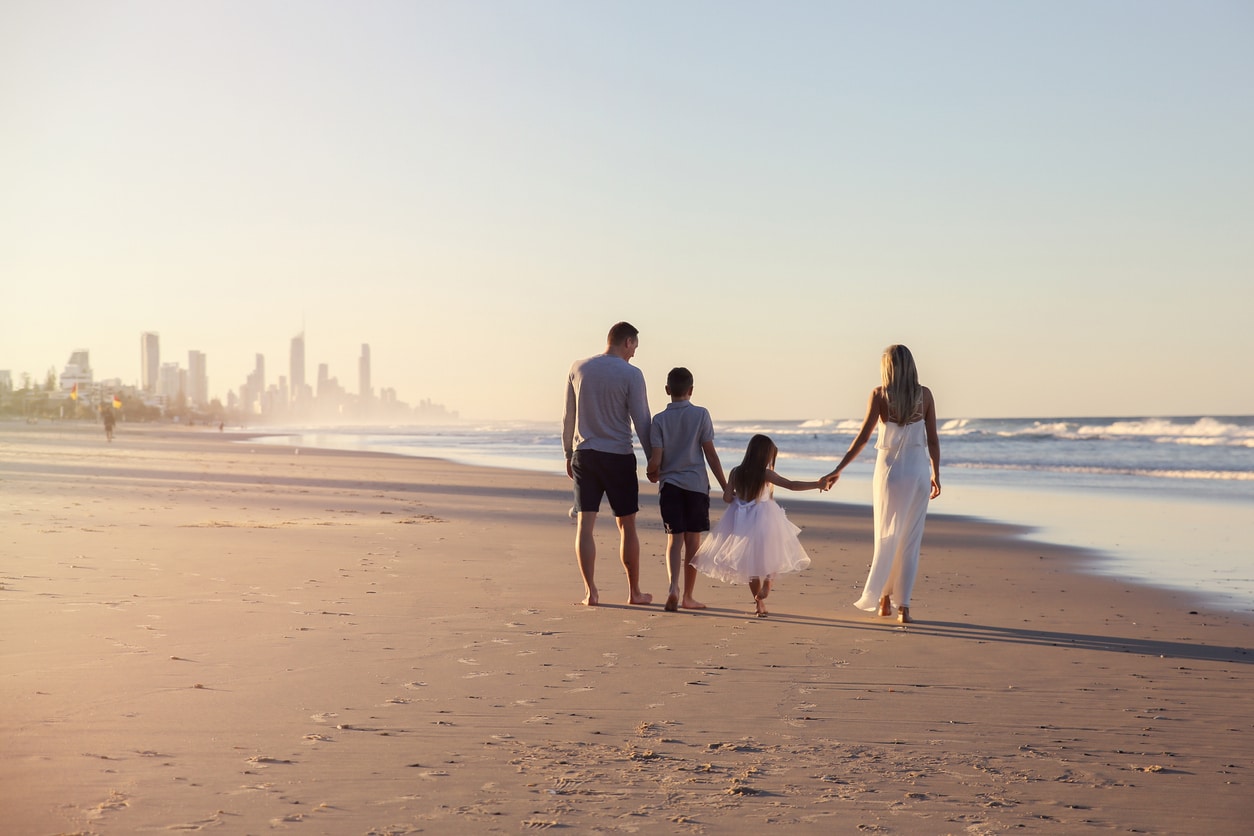Bringing your parents to Australia is a heartfelt dream for many U.S. expats, but the process of securing a visa can feel overwhelming. Between complex eligibility rules, unexpected costs, and a maze of paperwork, it’s easy to feel lost. This guide is here to help you navigate the journey with clarity, empathy, and practical advice—so you can focus on what matters most: reuniting your family Down Under.
Understanding Australian parent visa types and eligibility requirements
When considering a visa for bringing parents to Australia, it’s essential to understand the different options available and what each requires. Australia offers several parent visa pathways, each with its own eligibility criteria, processing times, and costs. Here’s what U.S. families need to know:
Main types of parent visas
Parent Visa (Subclass 103):
- Permanent residency for parents of Australian citizens, permanent residents, or eligible New Zealand citizens.
- Long processing times (often 10+ years).
- Lower application fees compared to other options.
Contributory Parent Visa (Subclass 143):
- Permanent residency with much faster processing (typically 6+ years).
- Significantly higher application fees.
Contributory Parent (Temporary) Visa (Subclass 173):
- Temporary visa (2 years), can be converted to Subclass 143.
- Allows you to spread out the cost over two applications.
Sponsored Parent (Temporary) Visa (Subclass 870):
- Allows parents to stay in Australia for up to 3 or 5 years (renewable up to 10 years total).
- Does not lead to permanent residency.
- Lower upfront costs, but no access to Medicare or permanent settlement.
Key eligibility requirements
- Sponsorship: The sponsoring child must be an Australian citizen, permanent resident, or eligible New Zealand citizen, usually living in Australia for at least two years.
- Balance of family test: At least half of the applicant’s children must live permanently in Australia, or more children must live in Australia than in any other single country.
- Health and character checks: All parent visa applicants must meet strict health and character requirements.
- Assurance of support: For permanent visas, sponsors must provide a financial bond to ensure parents do not rely on government assistance.
Complete cost breakdown: Application fees, health checks, and hidden expenses
Applying for a visa for bringing parents to Australia is a significant financial commitment. Beyond the headline application fees, there are several other costs to consider. Let’s break them down so you can plan with confidence.
Application fees (as of 2024)
- Parent visa (subclass 103): AUD $4,990 per applicant
- Contributory parent visa (subclass 143): AUD $47,825 per applicant (can be paid in two installments)
- Contributory parent (temporary) visa (subclass 173): AUD $32,065 per applicant (plus additional fee for Subclass 143 later)
- Sponsored parent (temporary) visa (subclass 870): AUD $5,735 (3 years) or AUD $11,470 (5 years) per applicant
Health checks and police certificates
- Medical examinations: Typically AUD $300–$500 per person, depending on location and provider.
- Police certificates: Required from every country lived in for 12+ months in the past 10 years. Fees vary (USD $18 for FBI background check, plus local fees).
Assurance of support (AOS) and bond
- AOS bond: For permanent parent visas, the sponsor must provide a bond (AUD $10,000 for one parent, AUD $14,000 for two) held for 10 years.
- AOS application fee: AUD $5,000 (approximate, varies by case).
Other hidden or unexpected costs
- Translation and document certification: If your parents’ documents are not in English, certified translations are required (USD $30–$60 per page).
- Travel costs: Flights to Australia, temporary accommodation, and moving expenses.
- Private health insurance: Especially for temporary visas, as Medicare is not available.
- Legal or migration agent fees: Optional, but can range from AUD $2,000–$8,000 depending on complexity.
💡 Pro Tip:
Always budget for currency fluctuations and potential fee increases, as these can impact your total outlay.
Step-by-step application process for U.S. families
The process of securing a visa for bringing parents to Australia can feel daunting, but breaking it down into clear steps makes it manageable. Here’s a roadmap tailored for U.S. expat families:
1. Confirm eligibility
- Review the Balance of Family Test and ensure your parents meet all health and character requirements.
- Check your own status as a sponsor (citizenship, residency, financial ability).
2. Choose the right visa pathway
- Consider your family’s priorities: speed, cost, and whether permanent residency is the goal.
- Consult with a registered migration agent if you’re unsure which visa fits best.
3. Gather required documents
- Passports, birth certificates, proof of relationship, evidence of your status in Australia.
- Police certificates and health check appointments for your parents.
- Translations and certified copies as needed.
4. Submit the application
- Most parent visa applications are now lodged online via the Australian Department of Home Affairs portal.
- Pay the initial application fee.
5. Wait for acknowledgment and further requests
- You’ll receive a confirmation and may be asked for additional documents or information.
- For permanent visas, you’ll be invited to provide the Assurance of Support and pay the second installment.
6. Health and character checks
- Your parents will complete medical exams and submit police certificates.
7. Decision and visa grant
- Processing times vary widely (from months for temporary visas to years for permanent ones).
- Once approved, your parents can make arrangements to move to Australia.
Family First, Paperwork Second
Bringing your parents to Australia is one of the most meaningful steps you can take—but it’s also one of the most complicated. Between visa queues, medical checks, and sky-high costs, it’s a journey that tests both patience and planning.
That’s where Bright!Tax can help. While you focus on reuniting your family, our expat tax specialists handle the financial side—making sure your U.S. and Australian tax obligations stay perfectly aligned as you make big life moves abroad.
Talk to Bright!Tax today, and let us take the stress out of the cross-border details—so you can focus on what really matters: family.
Frequently Asked Questions
-
What is the fastest visa for bringing parents to Australia for U.S. expats?
The Contributory Parent Visa (Subclass 143) is the fastest permanent option, but the Sponsored Parent (Temporary) Visa (Subclass 870) offers quicker temporary entry.
-
Do my parents need health insurance when applying for a visa for bringing parents to Australia?
Yes, especially for temporary visas like Subclass 870, as your parents will not have access to Medicare.
-
Can I sponsor both my parents at the same time for a visa for bringing parents to Australia?
Yes, but you’ll need to meet financial requirements for each and pay separate application fees.
-
How long does it take to process a visa for bringing parents to Australia?
Processing times vary: 6+ years for Contributory Parent Visas, 10+ years for standard Parent Visas, and a few months for the Sponsored Parent (Temporary) Visa.
-
Are there any tax implications for U.S. expats sponsoring a visa for bringing parents to Australia?
While the act of sponsoring itself doesn’t trigger U.S. tax, changes in your family’s residency or financial situation may affect your U.S. tax filings. Consult a U.S. expat tax specialist for personalized advice.

 Connect on LinkedIn
Connect on LinkedIn

